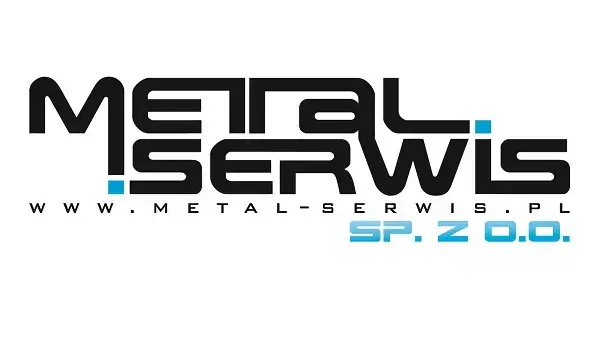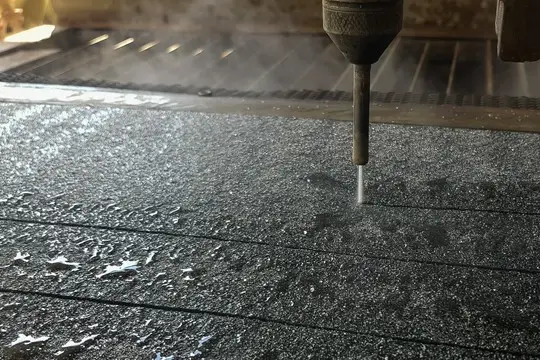Professional processing involves the use of various technological processes depending on the needs and characteristics of the materials used. Cutting is an operation that is essential for most products, allowing for the preparation of fragments with appropriate dimensions and shape, as well as facilitating the separation of elements or adapting them to existing requirements. One of the popular methods used in such cases is
What is water jet cutting technology?
Water jet cutting is performed using a small-diameter stream of liquid subjected to high pressure. This allows its particles to achieve very high momentum, enabling them to mechanically impact the material’s structure and detach its fragments through kinetic energy. In cases involving substances of significant hardness, abrasive water jet cutting is used, where abrasive particles, known as garnet, are added to the flowing liquid. In such situations, both pressure impact and the cutting process are responsible for removing material from the gap created during cutting.
What materials are cut with water?
Water cutting is possible for many materials with diverse properties. In addition to

